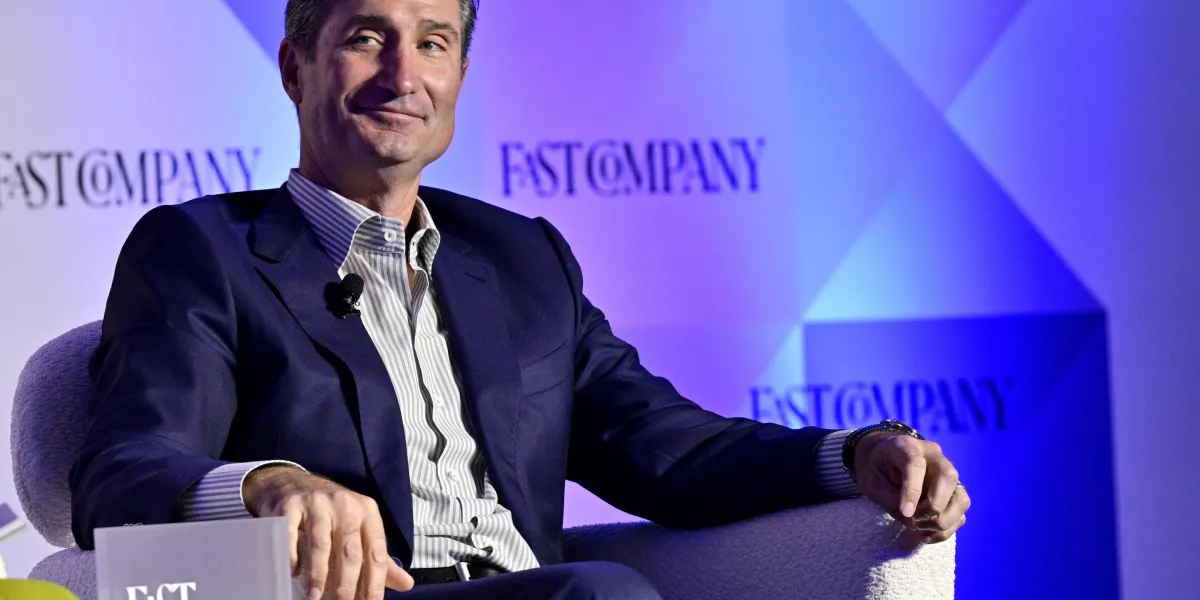
Speaking at Fast Company’s Innovation Festival on Tuesday, the 51-year-old coffee-chain boss outlined ambitious plans to “reimagine all of our baked items” and create “much more artisanal” food options that complement the company’s premium coffee offerings.
“I do believe our food needs to match the craft of our coffee,” Niccol said, signaling a fundamental shift in how Starbucks approaches its food menu. The company is preparing to launch protein cold foam later this year and is developing ways to “combine more protein with gluten-free options.”
Riding the protein wave
Starbucks’ embrace of protein reflects a broader industry trend that shows no signs of slowing. The global high-protein food market is projected to grow by $50.2 billion by 2028, according to research firm Technavio, driven by increasing health consciousness and of fitness culture’s popularity. Consumer interest in protein has surged, with protein mentions on social media platforms increasing by more than 10% year-over-year.
Starbucks’ new protein cold foam, which will contain 15-18 grams of protein, represents the company’s attempt to capitalize on what has become one of its most popular beverage modifiers. Cold foam sales grew 23% year-over-year, the company reported during its Q3 earnings call in July, making it a natural vehicle for protein enhancement.
“I was watching people coming to our stores, they would get three shots of espresso over ice,” Niccol told Axios. “And in some cases, they pull their own protein powder out of their bag, or in other cases, they have a protein drink, like a Fair Life, and they’d pour that into their drink.”
The protein push also aligns with changing consumer habits driven by the rise of appetite-suppressing injectable treatments like Ozempic and Wegovy. Nearly 18 million Americans are expected to be taking versions of GLP-1 drugs by 2029, Axios previously reported, creating demand for high-protein foods that help maintain muscle mass.
Gluten-free growth
Starbucks’ commitment to expanding gluten-free options comes as the global gluten-free food market experiences explosive growth. The market was valued at approximately $7.4 billion in 2024 and is projected to more than double that—$15.4 billion—by 2032.
The trend extends far beyond those with celiac disease or gluten intolerance. In a recent poll, 11% of millennials and nearly as many from Gen Z reported following a gluten-free diet, despite only 1% of Americans being diagnosed with celiac disease.
Balancing innovation with simplification
These menu innovations form part of Niccol’s “Back to Starbucks” initiative, which aims to restore the company’s identity as a community coffeehouse while addressing operational challenges that have plagued the chain. Since taking over as CEO in September 2024, Niccol has implemented sweeping changes designed to improve the customer experience and reverse declining sales.
Fortune previously reported Starbucks has been struggling with six straight quarters of declining same-store sales as of its most recent earnings report. However, there are encouraging signs of progress. Starbucks recently recorded its best-ever sales week for company-owned stores with the return of seasonal favorites like the pumpkin spice latte, according to CNBC.
Niccol’s strategy includes bringing back self-serve condiment bars, eliminating upcharges for non-dairy milk alternatives, and investing $500-600 million in additional labor to improve service. The company is also renovating up to 1,000 stores to create more welcoming spaces with comfortable seating, ceramic mugs, and locally inspired design elements.
And while Starbucks is streamlining its menu by cutting 30% of offerings by the end of the year, it’s still testing new items through its “Starting Five” program at select locations before national rollout, including the aforementioned protein cold foam, freshly baked croissants, and layered Frappuccinos. The company hopes these moves—pruning some items, while expanding in other areas—will help it rebuild its reputation as a “third place” between home and work.
You can watch Niccol’s full interview from the Fast Company Innovation Festival below:
For this story, Fortune used generative AI to help with an initial draft. An editor verified the accuracy of the information before publishing.



